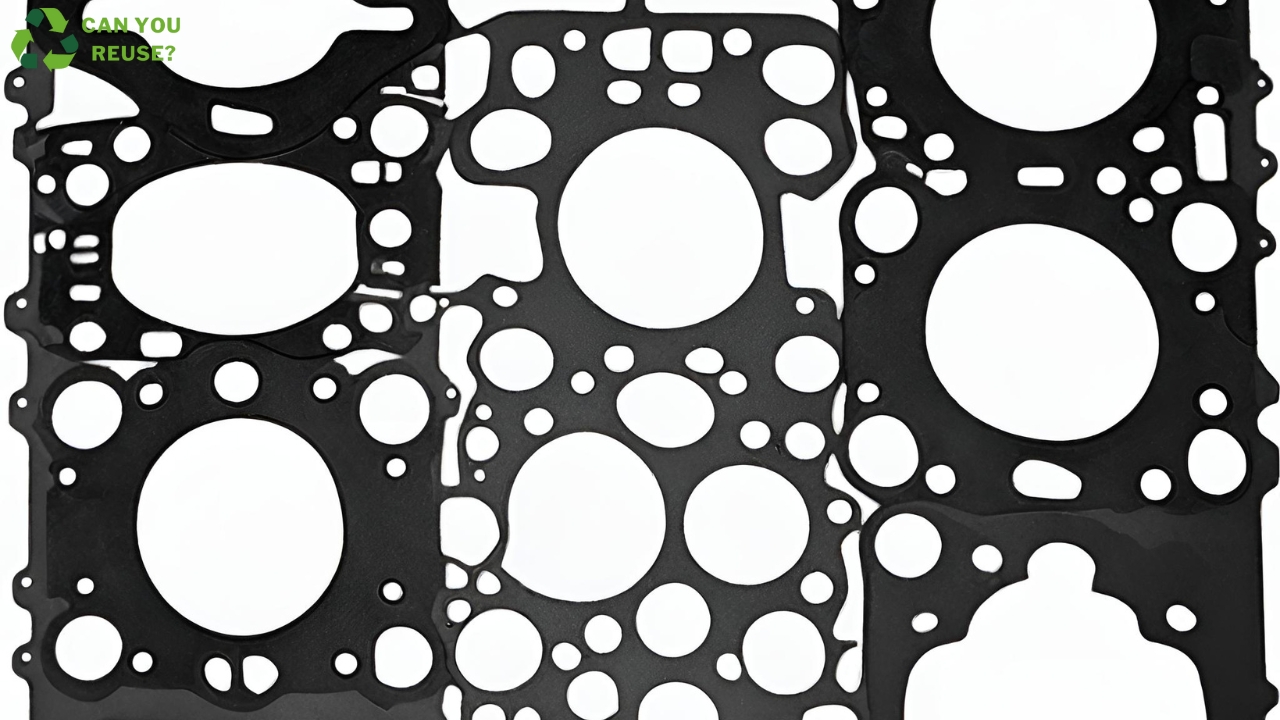When it comes to automotive repairs, one question that often pops up is: Can you reuse a head gasket? This topic generates a lot of debate among mechanics, car enthusiasts, and DIYers alike. Let’s dive into the details and uncover the truth behind reusing head gaskets, so you can make an informed decision for your vehicle.
Understanding Head Gaskets
Head gaskets play a crucial role in your engine’s performance. They seal the combustion chambers, allowing for proper compression, and prevent oil, coolant, and exhaust gases from mixing. Given their importance, it’s natural to wonder if a head gasket can be reused after it has been removed or if a new one is always necessary.

The Verdict on Reusing Head Gaskets
The consensus among experts is that reusing a head gasket is generally not recommended. Once a head gasket has been compressed and subjected to the engine’s heat cycles, its ability to effectively seal again is compromised. This is especially true for multi-layer steel (MLS) gaskets, which are designed to conform to the engine surfaces upon the first installation. Reusing such a gasket can lead to leaks and engine damage.
Exceptions and Considerations
There are a few exceptions where reusing a head gasket might be considered, but these are very specific scenarios. For example, if a head gasket was only torqued down for a mock-up and not subjected to engine heat or operation, some argue it could be reused. However, this practice is risky and not advised for long-term use. The material and type of head gasket play a significant role in its reusability. Solid copper gaskets, used in some high-performance applications, are designed to be reusable, but these are the exception rather than the rule.
Risks of Reusing a Head Gasket
Reusing a head gasket poses several risks:
- Seal Integrity: Once compressed, a head gasket’s ability to seal effectively is diminished. This can lead to leaks, overheating, and engine damage.
- Material Degradation: Heat cycles cause materials to deteriorate, reducing a gasket’s sealing capabilities.
- Surface Conformity: Gaskets conform to the specific imperfections of engine surfaces. Once removed, achieving the same level of conformity and seal is unlikely.
Best Practices
When dealing with head gaskets, the best practice is to use a new gasket to ensure the integrity of the engine seal. This is particularly important for ensuring the longevity and performance of your vehicle. While the initial cost savings of reusing a gasket might be tempting, the potential for significant engine damage and the associated repair costs far outweigh the benefits.
FAQs
Q. Can I reuse a head gasket if it looks undamaged?
A. While a gasket might appear undamaged, microscopic imperfections and material degradation can prevent it from sealing properly when reused.
Q. Are there any gaskets that can be reused?
A. Certain types, like solid copper gaskets in specific high-performance applications, are designed to be reusable. However, these are not common in most vehicles.
Q. What should I do if I’m unsure about my head gasket?
A. When in doubt, replace it. Using a new head gasket is the safest way to ensure your engine operates reliably and avoids potential damage.
Conclusion
In the world of automotive repairs, the question of whether you can reuse a head gasket comes with a clear answer: it’s not worth the risk. The potential for engine damage, leaks, and decreased performance makes the cost of a new head gasket a wise investment in your vehicle’s future. Always consult your vehicle’s manufacturer guidelines and consider the advice of experienced mechanics when making decisions about your engine’s maintenance and repairs.


Leave a Reply